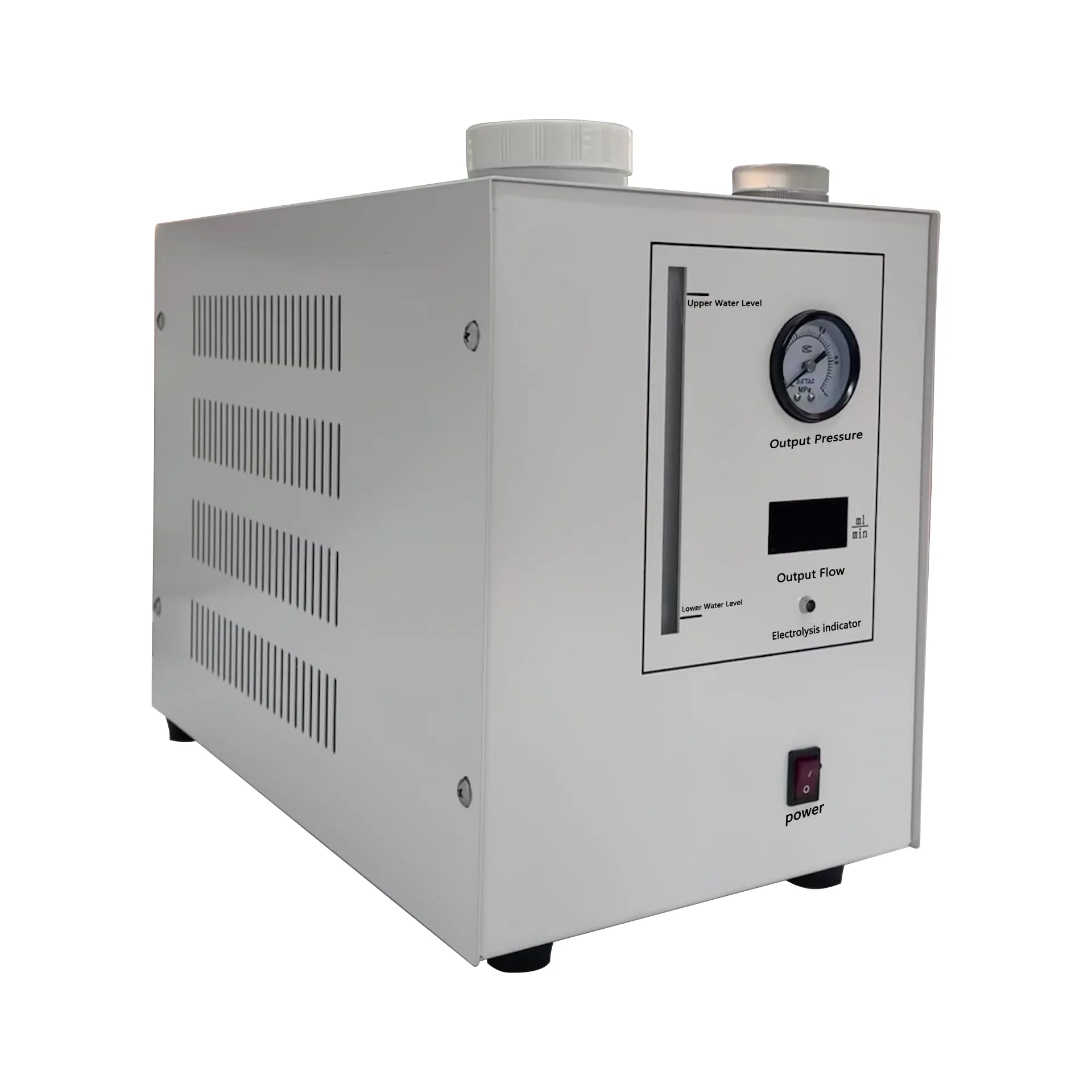 English
English


wire insulation tester
Understanding Wire Insulation Testers A Guide for Electrical Safety
Wire insulation testers are essential tools in the electrical industry, designed to ensure the safety and reliability of electrical systems by evaluating the integrity of insulation materials. These devices play a pivotal role in preventing electrical failures that may lead to equipment damage, electrical fires, or personal injuries. This article will delve into the importance of wire insulation testers, their types, how they work, and best practices for their use.
Importance of Wire Insulation Testing
Electrical insulation serves as a protective barrier that prevents unintended current flow, safeguarding both equipment and personnel. Over time, insulation can degrade due to factors such as age, heat, moisture, and chemical exposure. This degradation can lead to short circuits, failures, and hazardous conditions. By utilizing wire insulation testers, electricians can proactively identify insulation issues before they lead to significant problems. Regular testing is crucial in various industries, including manufacturing, construction, and renewable energy, where electrical systems are subject to rigorous demands.
Types of Wire Insulation Testers
Wire insulation testers come in various forms, tailored to different testing needs and environments. The most common types include
1. Megohmmeters (Insulation Resistance Testers) These devices apply a high voltage to the insulation and measure the resistance. A higher resistance indicates better insulation quality, while lower resistance signals potential issues.
2. Continuity Testers These testers are used to check the continuity of the wiring and ensure that there are no breaks in the electrical path.
4. TDR (Time Domain Reflectometer) This device sends a pulse down a wire and measures the time it takes for reflections to return, identifying faults in the insulation.
wire insulation tester

How Wire Insulation Testers Work
Wire insulation testers operate by applying a specified voltage to the insulation and measuring how much current leaks through it. The resulting values allow technicians to determine the insulation's quality. For example, a megohmmeter typically measures insulation resistance in megohms, where higher values (usually above 1 megohm) indicate good insulation. Whenever testing, the technician should follow the manufacturer’s guidelines to ensure accuracy and safety.
Best Practices for Using Wire Insulation Testers
To maximize the effectiveness of wire insulation testing, consider these best practices
1. Follow Safety Protocols Always wear appropriate personal protective equipment (PPE) and follow safety protocols to prevent electric shock. 2. Perform Tests in Dry Conditions Moisture can significantly affect insulation resistance readings. Conduct tests in dry environments for reliable results.
3. Regular Testing Schedule Establish a regular testing schedule based on the specific requirements of your systems to catch potential issues early.
4. Document Results Keep detailed records of test results to track changes over time, which can help identify trends or urgent issues.
5. Train Personnel Ensure that all personnel using the insulation testers are adequately trained and understand the importance of their findings.
In conclusion, wire insulation testers are vital tools for maintaining electrical safety. By regularly testing insulation integrity, organizations can mitigate risks, ensure equipment reliability, and protect personnel. Understanding the types of testers available and adhering to best practices will enhance the safety and efficiency of electrical systems across various industries.
-
Differences between open cup flash point tester and closed cup flash point testerNewsOct.31,2024
-
The Reliable Load Tap ChangerNewsOct.23,2024
-
The Essential Guide to Hipot TestersNewsOct.23,2024
-
The Digital Insulation TesterNewsOct.23,2024
-
The Best Earth Loop Impedance Tester for SaleNewsOct.23,2024
-
Tan Delta Tester--The Essential Tool for Electrical Insulation TestingNewsOct.23,2024





